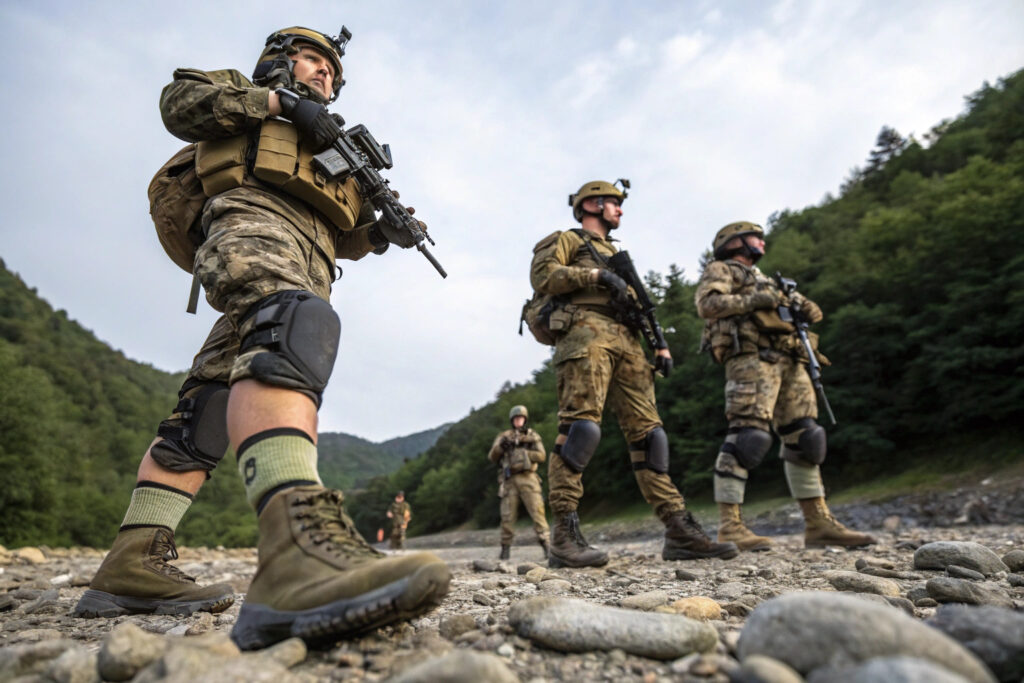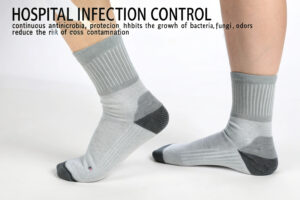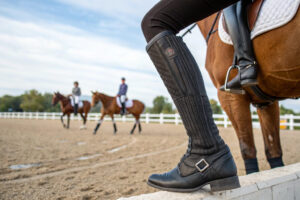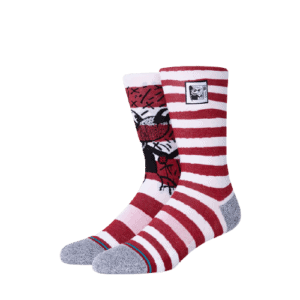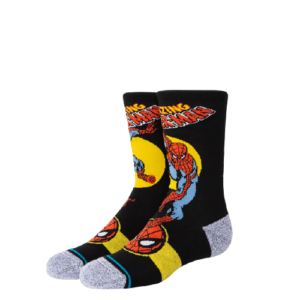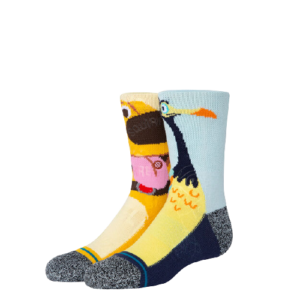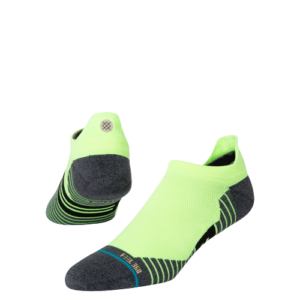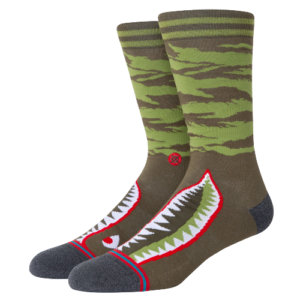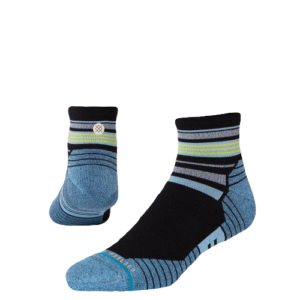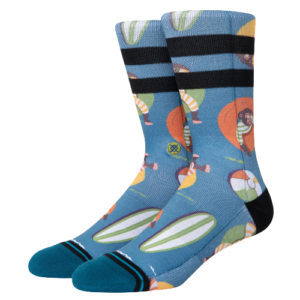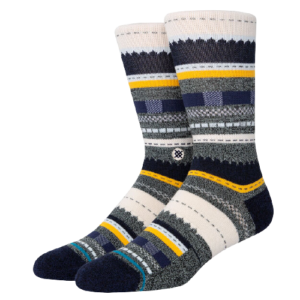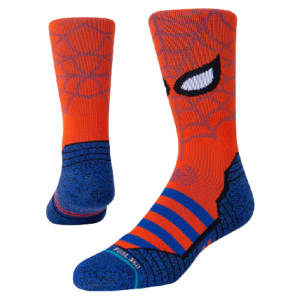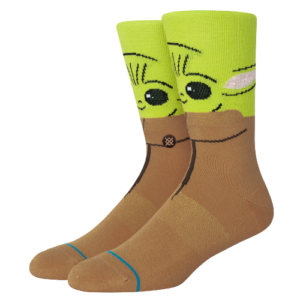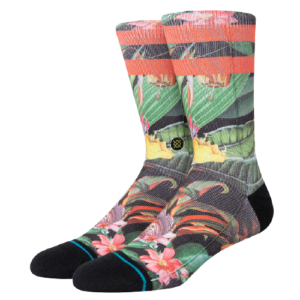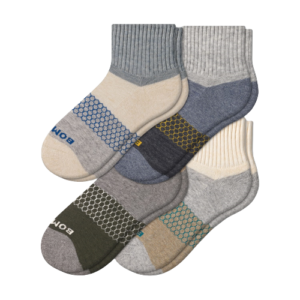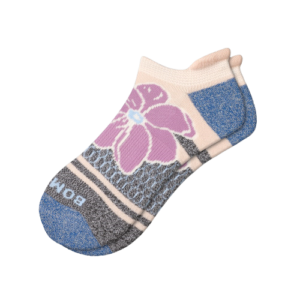For soldiers, field medics, and tactical responders, foot hygiene is not a luxury—it’s a survival necessity. Long hours in boots, high sweat levels, and limited wash opportunities create the perfect environment for odor, bacteria, and foot ailments. Traditional cotton socks can’t keep up, and that’s where odor-control socks come in.
Odor-control socks, engineered with antimicrobial fibers and moisture-wicking technology, are essential for military and tactical missions. They reduce the risk of infection, increase comfort, and support mission readiness in extreme conditions.
As a Chinese sock manufacturer exporting globally, we’ve seen a sharp increase in demand from defense and outdoor gear buyers. Our clients prioritize these performance features just as much as durability or color. Let's explore why odor-control socks are now mission-critical.
What Makes Odor-Control Socks Different from Regular Socks?
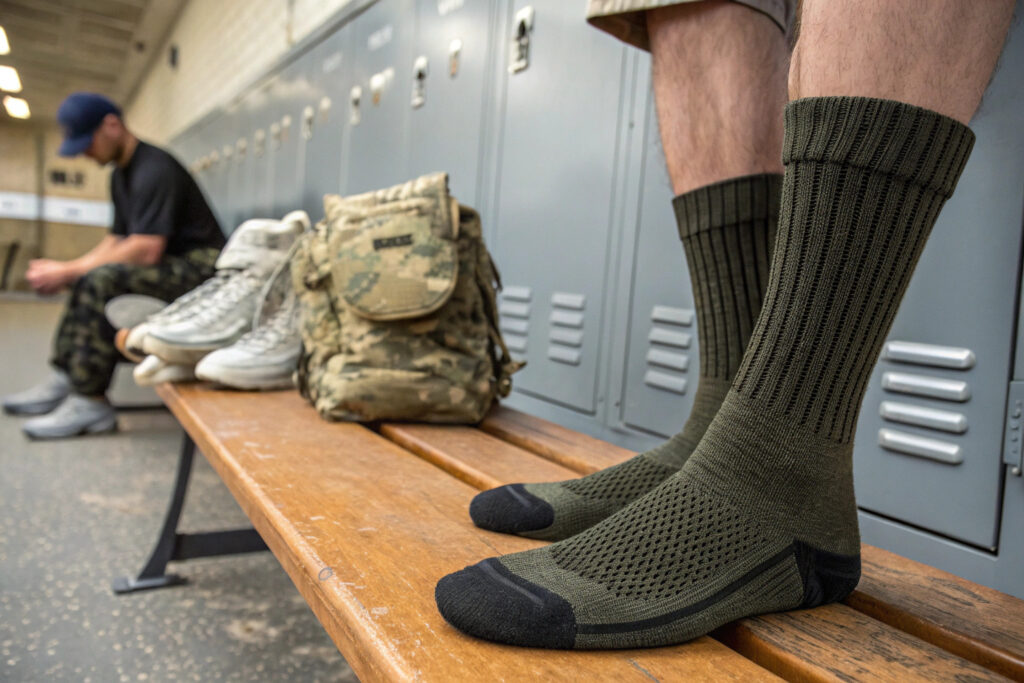
Odor-control socks are not just regular socks with fancy branding. They are developed with advanced functional fibers that actively combat bacterial growth and neutralize unpleasant smells, even during multi-day wear.
Unlike standard cotton socks, odor-control variants use silver ions, activated charcoal, or bamboo-based fibers to stop bacteria before it causes foot odor. These materials also improve breathability and moisture evaporation.

Why Do Bacteria Thrive in Traditional Socks?
Cotton holds onto sweat and creates a warm, moist environment—perfect for bacteria. When soldiers wear cotton socks for long missions, microbial growth accelerates, resulting in strong odor and potential infections. That’s why brands like Thorlos and Darn Tough have developed odor-resistant tactical options.
What Technologies Are Used in Odor-Control Socks?
Modern odor-control socks integrate antibacterial agents like silver (Ag+), bamboo charcoal, or zinc oxide into the yarn. These inhibit microbial cell reproduction, keeping socks fresh longer. Other solutions use synthetic blends designed to pull moisture away rapidly while remaining lightweight.
How Do Odor-Free Socks Improve Tactical Performance?
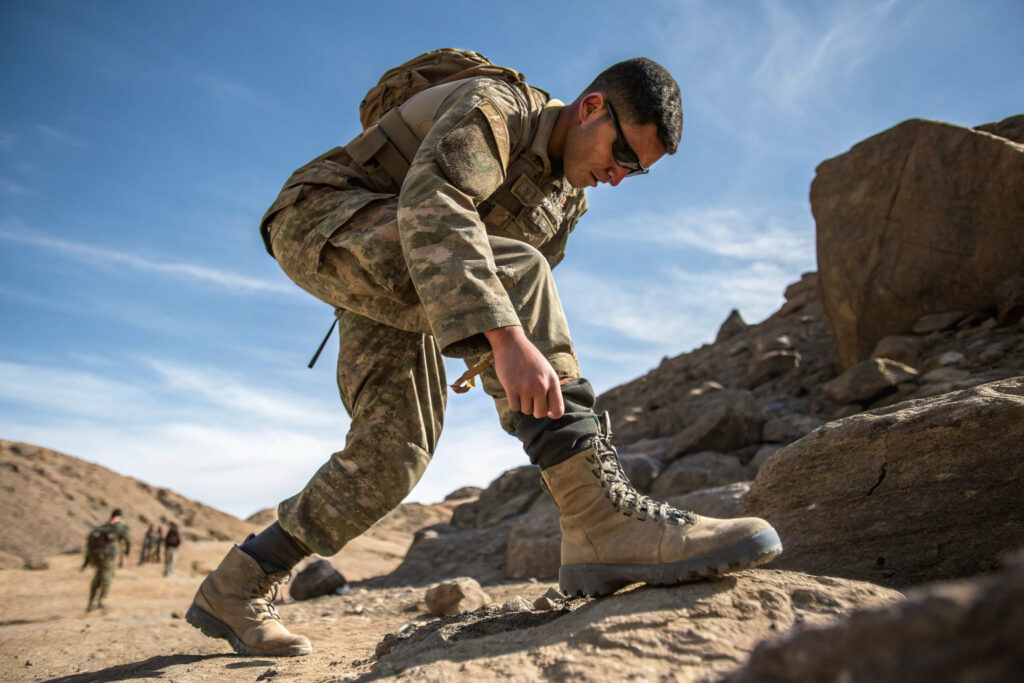
Foot comfort can make or break a mission. Poor socks lead to blisters, distractions, and even trench foot in wet conditions. Odor-free, cushioned socks allow soldiers to focus on their tasks—not their feet.
By reducing odor, friction, and moisture, these socks directly improve concentration, morale, and mission longevity. That’s why they’re now standard issue in many elite tactical kits.
What Role Does Friction Reduction Play in Combat Scenarios?
Odor-control socks often include seamless toes and arch compression, which reduce internal boot friction. This helps prevent hotspots and skin breakdown. Top models from Wigwam and Fox River offer these friction-reducing features, designed specifically for boots.
Can Odor-Resistant Socks Prevent Infections?
Yes. Many odor-resistant socks include antimicrobial coatings or are woven from hypoallergenic fibers. These prevent microbial buildup and lower the risk of fungal infections—critical in prolonged operations with limited hygiene access. For example, X-Static silver yarn is widely used in military apparel.
What Are the Best Materials for Military Odor-Control Socks?
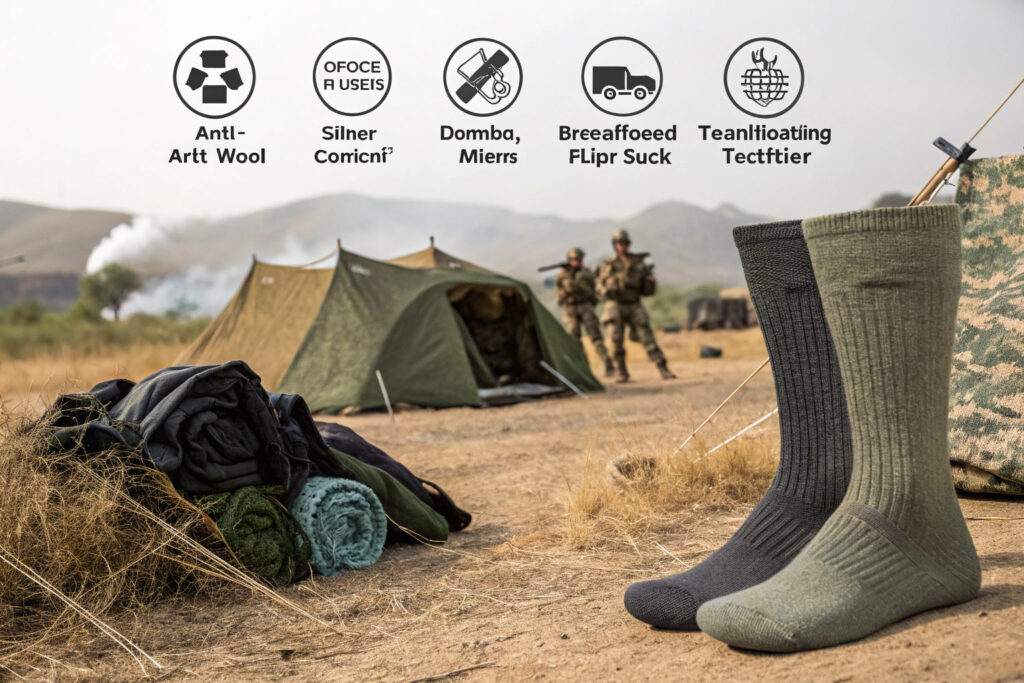
The best odor-control socks use a blend of natural and synthetic fibers optimized for both performance and durability. While each has strengths, some clearly outperform others in odor management and moisture control.
Merino wool, silver-coated nylon, and bamboo charcoal blends are leading choices due to their balance of softness, breathability, and antimicrobial efficacy.
Why Is Merino Wool Popular in Tactical Footwear?
Merino wool naturally resists odor, regulates temperature, and absorbs moisture without feeling damp. Its fine fibers offer softness even during extended wear. Tactical sock brands like Icebreaker use Merino in their military lines for high-altitude and cold-weather missions.
How Do Bamboo Charcoal and Silver Yarn Compare?
Bamboo charcoal yarn traps odor molecules while silver ions destroy bacteria. Combined with polyester, they provide both durability and odor protection. Our clients sourcing from GlobalSock often request these yarns for tactical applications where long-term wear and performance are key.
How Should Tactical Buyers Evaluate Odor-Control Sock Suppliers?

Choosing the right supplier for military-grade odor-control socks goes beyond price. It requires rigorous testing, proven performance, and the capacity for consistent quality at scale.
Tactical buyers should look for certifications, in-house testing capabilities, and robust quality control systems that meet military or ISO standards.
What Certifications Should Buyers Ask for?
Certifications like OEKO-TEX, GRS, and ISO 9001 are vital for ensuring fiber safety and manufacturing integrity. Also, request antimicrobial test results based on AATCC 100 or ISO 20743. Leading suppliers like Polygiene provide documentation showing odor reduction after 20+ washes.
How Does GlobalSock Ensure Quality and Compliance?
At GlobalSock, we use CNAS-certified labs to test for bacterial reduction, shrinkage, colorfastness, and comfort metrics. Each bulk order includes QR-tracked test data, ensuring a 98% pass rate for international clients. We also integrate AI-driven trend analysis to predict future performance demands and innovate accordingly.
Conclusion
Odor-control socks are more than just a footnote in tactical gear—they’re a frontline necessity. From minimizing infection risks to enhancing mission performance, they support the well-being of soldiers and professionals in extreme conditions. As a Chinese manufacturer, we’re proud to serve global tactical clients with certified, innovative, and customized sock solutions that go the distance—literally.

